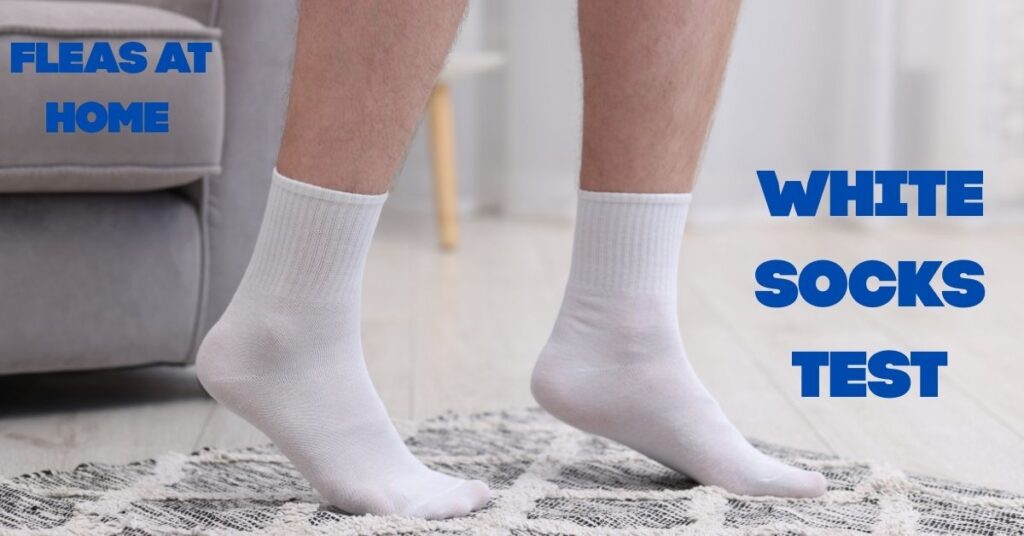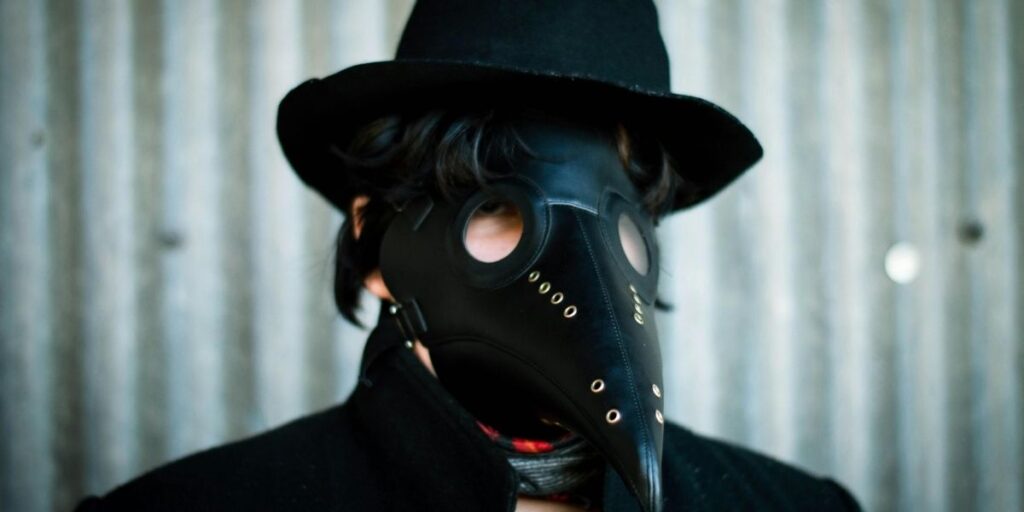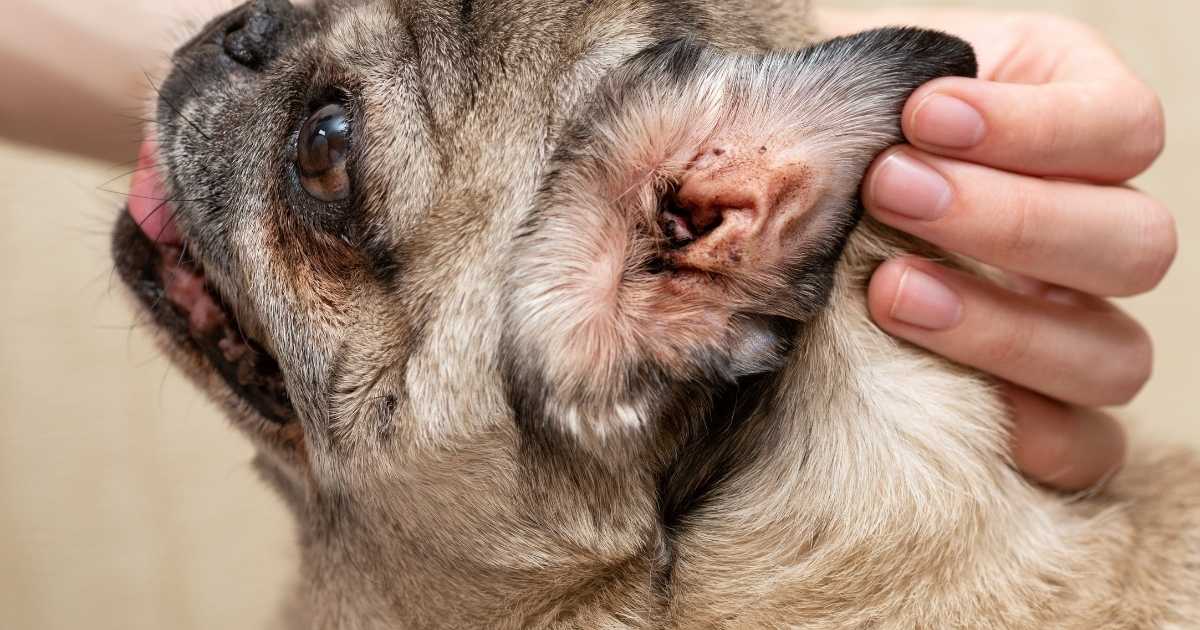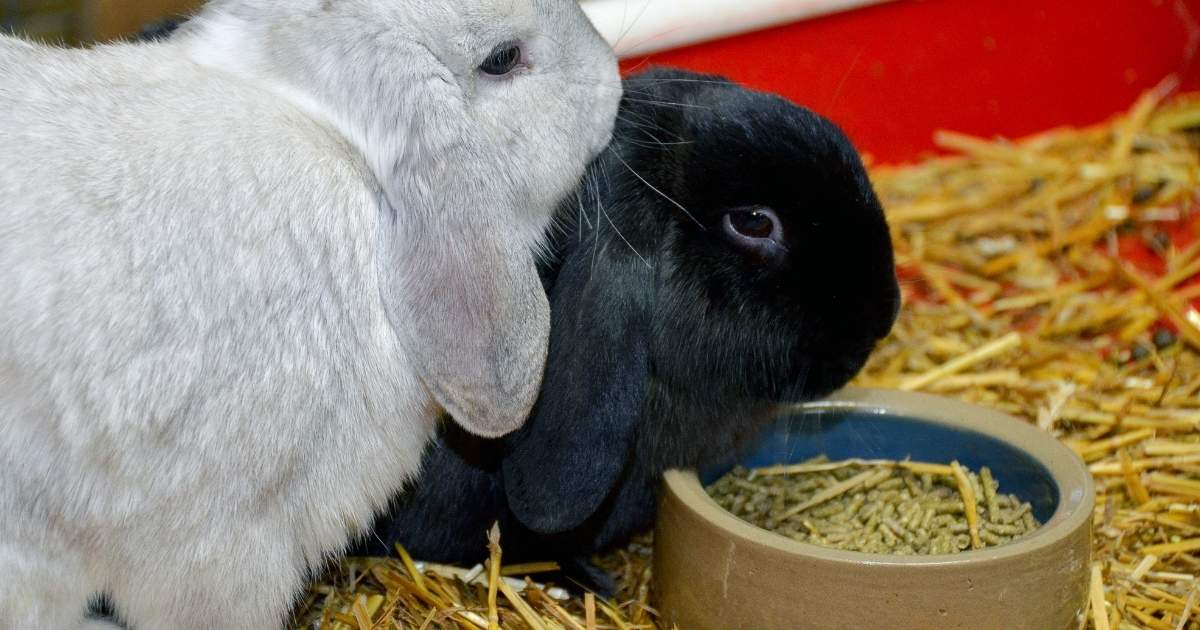Now Reading: Are Russian Blue Cats Hypoallergenic? The Truth Uncovered
- 01
Are Russian Blue Cats Hypoallergenic? The Truth Uncovered
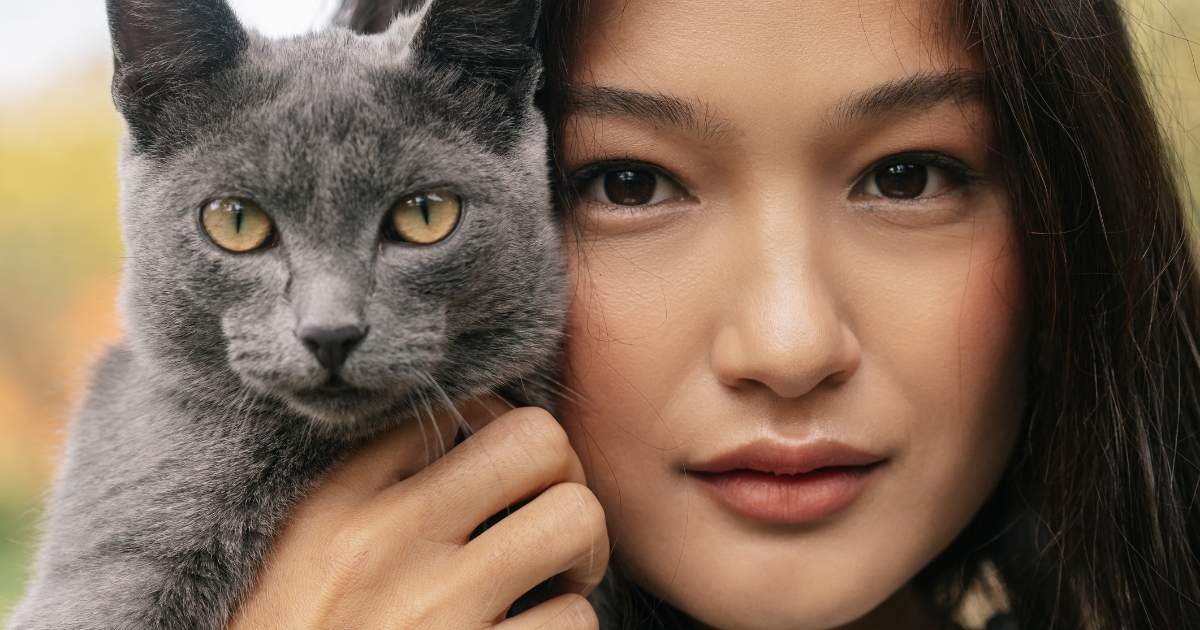
Are Russian Blue Cats Hypoallergenic? The Truth Uncovered
Have Cat Allergies But Still Dream of a Furry Friend?
You’re not alone. Picture this: You’re cuddled up on your couch, scrolling through cute cat videos, and boom — a sleek, silver-coated beauty with emerald eyes appears. That’s a Russian Blue cat. People often ask: “Are Russian Blue cats hypoallergenic?” Good question — and today, we’re breaking down everything you need to know.
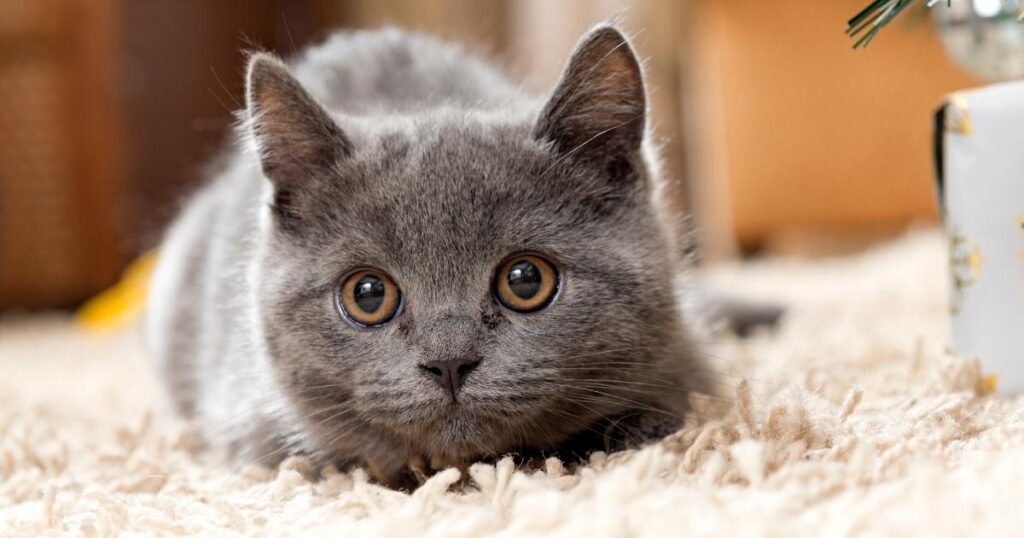
Let’s get into the science, the myths, and the real deal — all backed by vet insights.
What Does “Hypoallergenic” Even Mean in Cats?
Before we zoom into the world of Russian Blues, let’s clear up what hypoallergenic means. It doesn’t mean allergy-FREE. It means the pet produces fewer allergens — things that cause allergies — compared to other breeds.
In cats, the main culprits are:
- Fel d 1 protein (found in saliva, skin, and dander)
- Shedding and grooming habits (which spread allergens)
Also Read: Cat Age Chart: Convert Your Cat’s Age to Human Years
So, Are Russian Blue Cats Hypoallergenic?
Yes — but with an asterisk.
Russian Blue cats are considered hypoallergenic because they produce less Fel d 1 protein than most other cat breeds. That means they’re less likely to trigger allergic reactions — but they can still cause symptoms in highly sensitive people.
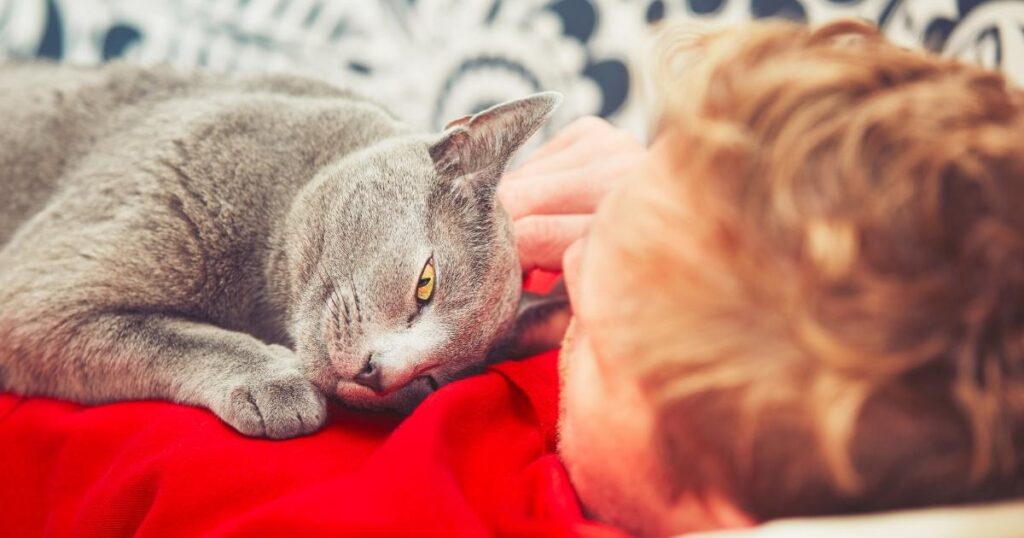
Why Are Russian Blue Cats Popular Among Allergy Sufferers?
Let’s break it down:
| Feature | Russian Blue Cats |
| Fel d 1 Protein | Lower than average |
| Coat Type | Short, dense, double-layered |
| Shedding Level | Minimal |
| Grooming Needs | Low |
This combo means fewer allergens floating around your home. Less grooming = less saliva on the fur = fewer allergens in the air.
Do Russian Blue Cats Shed?
Yes, but not much.
Their double-layered coat is plush but doesn’t shed as heavily as long-haired cats. And since they groom less often than some other breeds, the allergen spread is limited.
How Long Do Russian Blue Cats Live?
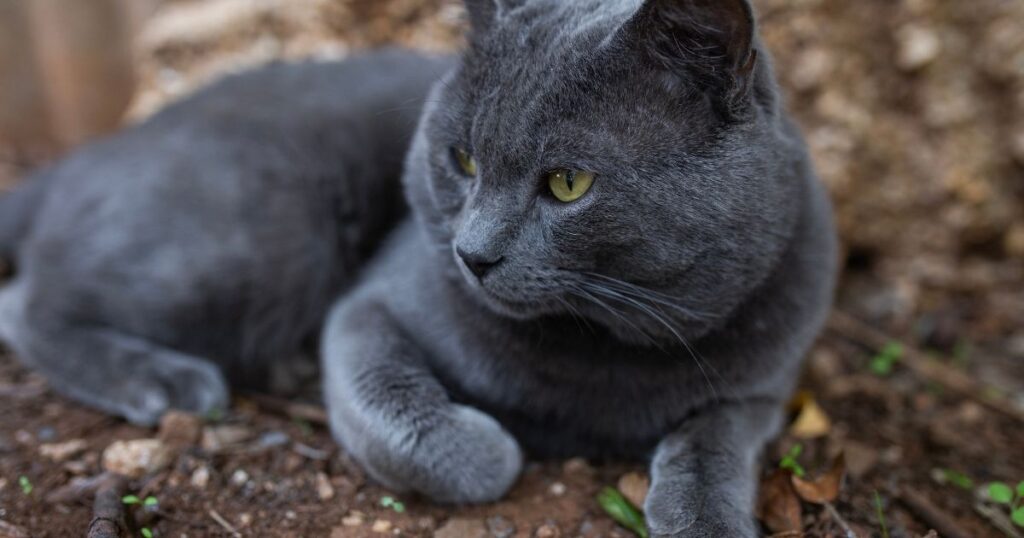
They’re not just easy on the allergies — they’re in it for the long haul.
Russian Blue cats can live up to 15–20 years with good care, a healthy diet, and regular vet checkups. This makes them a great companion for anyone looking for a long-term pet buddy.
How Much Are Russian Blue Cats?
Let’s talk dollars.
In the U.S., the price of a Russian Blue cat can range between $800 to $2,000, depending on the breeder, lineage, and location. Adopting from shelters (if available) is a cheaper and more humane option!
Must Read: Cat Hair Falling Out: Here’s Why It Happens & What to Do
Tips to Reduce Cat Allergies at Home
Even if your Russian Blue is more allergy-friendly, it’s smart to reduce allergens in general:
- Use an air purifier with a HEPA filter
- Vacuum regularly, especially carpets and furniture
- Wash your hands after cuddling
- Create cat-free zones, like your bedroom
- Talk to your doctor about allergy medications or immunotherapy
Also Read: Age to Neuter Cat: The Best Time to Ensure a Healthy, Happy Pet
Final Verdict: Are Russian Blue Cats Hypoallergenic?
In short, yes, Russian Blue cats are hypoallergenic, especially compared to other breeds. They’re stylish, smart, affectionate, and easier on your immune system.
But remember: No cat is 100% allergy-proof. If you’re sensitive, it’s always best to spend some time with a Russian Blue before bringing one home.
So go ahead — maybe your dream of a cuddly companion doesn’t have to stay a dream after all.
Want more pet facts and tips? Stay tuned to MyPetPit — where science meets cuddles!
Frequently Asked Questions (FAQs)
No cat is 100% hypoallergenic, including the Russian Blue. However, they produce less Fel d 1 protein—the main allergen in cats—making them a better choice for allergy sufferers than most other breeds.
The price for a Russian Blue cat can range from $600 to $2,000, depending on the breeder, pedigree, and location. They are a premium breed due to their rarity, elegance, and low-allergen traits.
Russian Blues have a short, dense double coat but are low shedders compared to many other breeds. Regular brushing helps manage the little hair they do shed and keeps allergens under control.
With proper care, Russian Blue cats have a lifespan of 15–20 years. They’re generally a healthy breed, especially when fed a quality diet and given regular vet checkups.

